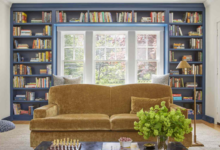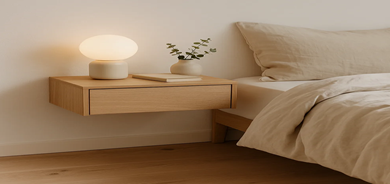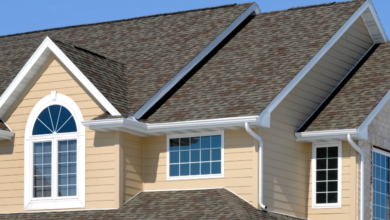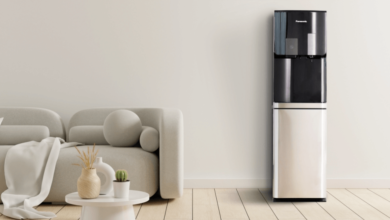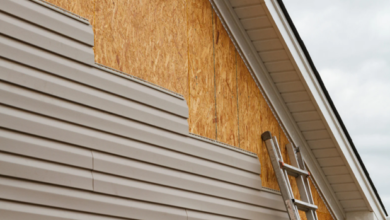Dome Rooflights: Brightening Spaces with Style and Efficiency
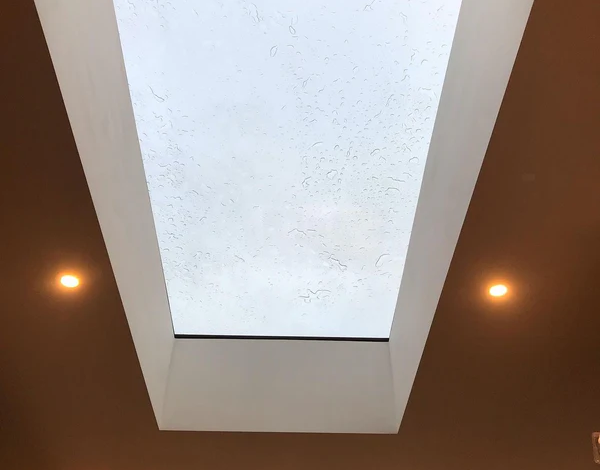
Access to daylight has always been central to good building design. Today, property owners are increasingly searching for solutions that not only bring in more natural light but also improve energy efficiency and comfort. One of the most effective and affordable options for flat or low-pitch roofs is the dome rooflights. With their curved profile, these units maximise the spread of sunlight indoors while keeping out rain, debris, and drafts. They are widely used in homes, offices, factories, and public buildings, proving that practicality and style can go hand in hand.
Understanding Dome Rooflights
A dome rooflight is a roof-mounted glazing system designed specifically for flat and gently sloping roofs. Unlike flat rooflights, which feature a level pane of glass, dome rooflights have a raised, convex form. This shape not only captures and disperses more daylight but also helps rainwater flow off quickly, preventing puddling on the roof surface.
Typically made from tough polycarbonate or acrylic, dome rooflights are both lightweight and impact-resistant. Some premium options are also available in glass, offering crystal-clear views and a sleek finish. Whether used in a large commercial complex or a small domestic extension, their adaptability makes them a popular choice across the board.
For high-quality dome rooflights that combine durability, style, and performance, Skylights Roof Lanterns offers a wide selection designed to suit both residential and commercial projects.
Why Choose Dome Rooflights?
The advantages of dome rooflights extend well beyond aesthetics.
The most obvious benefit is the enhanced daylighting they provide. A single dome rooflight can flood an otherwise dark interior with natural illumination, reducing the reliance on artificial lights and transforming the feel of a room. In industrial spaces, this makes working conditions safer and more pleasant, while in homes, it creates bright, welcoming living areas.
Another compelling reason is energy efficiency. By reducing the need for electric lighting, dome rooflights lower energy bills. Multi-skin models with advanced glazing technology also insulate effectively, cutting heat loss in winter and keeping interiors cooler during the summer.
The durability of polycarbonate domes is a further selling point. Resistant to weather, impacts, and UV exposure, they retain their strength and clarity for years with very little maintenance. The dome’s curved structure also prevents standing water and dirt build-up, which can be problematic with flat alternatives.
Lastly, dome rooflights can serve multiple functions. Some open for ventilation, others double as roof access hatches, and specialist versions act as smoke vents for fire safety compliance. This flexibility makes them useful across both domestic and commercial settings.
Varieties of Dome Rooflights
There is no one-size-fits-all when it comes to dome rooflights. Manufacturers provide a wide range of models to meet specific requirements:
- Fixed domes – Sealed units designed purely for light transmission. Ideal for areas where ventilation is unnecessary.
- Opening domes – Hinged or motorised models that combine light and fresh air, perfect for kitchens, workshops, or offices.
- Multi-skin domes – Double or triple-layer glazing options that improve insulation and reduce condensation.
- Access hatch domes – Designed to provide safe roof access for maintenance while still admitting daylight.
- Smoke vent domes – Automated systems that open in emergencies, venting smoke and heat to improve fire safety.
See also: Design Tips for Bright and Airy Luxury Custom Homes
Planning for Installation
Before choosing a dome rooflight, several aspects need careful thought.
The roof type and gradient will dictate the design and installation method. Dome rooflights are best suited to flat roofs but can also be adapted for low pitches. Ensuring a suitable upstand is installed is key for watertight performance.
Thermal efficiency is another consideration. While single-skin domes exist, they are rarely practical for heated spaces. A double- or triple-skin dome provides much better insulation, which is now a requirement under modern building standards.
Size and layout will also influence the effect. A large dome can act as a feature in a residential extension, while multiple smaller domes installed evenly across a warehouse roof can ensure consistent lighting levels.
Ventilation is often overlooked but highly beneficial. Opening domes can significantly improve indoor air quality, particularly in environments prone to heat build-up or condensation.
And of course, compliance with building regulations is essential. From thermal performance to fire safety, choosing certified dome rooflights ensures the project meets current legal and environmental standards.
Installation and Upkeep
The installation of dome rooflights is generally uncomplicated but should be carried out professionally for long-lasting results. Units are mounted onto upstands, which elevate them above the roof surface, preventing water ingress and ensuring a secure fit.
Maintenance is refreshingly low. Thanks to their dome shape, rainwater naturally rinses away dust and leaves. Occasional cleaning with mild soapy water is all that’s required to keep them looking clear. Hinges, seals, and mechanical parts on opening domes should be checked from time to time, especially in high-use settings.
For expertly installed, durable dome rooflights with minimal maintenance requirements, Skylights Roof Lanterns provides professional solutions for both residential and commercial applications.
Environmental Advantages
Sustainability is increasingly at the forefront of architectural design, and dome rooflights make a meaningful contribution. By reducing dependency on electric lighting, they lower energy consumption and cut carbon emissions. High-performance multi-skin models also improve insulation, helping buildings meet tough energy efficiency targets.
Many dome rooflights are produced from recyclable materials, such as polycarbonate and aluminium, further reducing their environmental footprint. Their long service life also means fewer replacements over time, lowering waste.
Design Potential
While dome rooflights are often seen as purely functional, they also have a surprising design impact. In residential projects, they can turn a dark hallway or kitchen into a striking feature, bathing the space in daylight. In offices and schools, they create uplifting environments that boost productivity and wellbeing.
Industrial applications are no less impressive rows of domes across a factory roof not only provide uniform light but also reduce operational costs by cutting electricity use. Their simple, rounded form adds a clean, modern touch to rooftops, blending well with different architectural styles.
Overcoming Common Issues
As with any building product, dome rooflights come with potential challenges. Solar gain during summer months can be an issue in certain environments, but this can be managed with solar-control coatings or blinds.
Condensation is another concern, particularly in kitchens, bathrooms, or humid spaces. Choosing ventilated or multi-skin models helps mitigate this problem.
Security is often raised as a concern, but impact-resistant polycarbonate construction provides excellent protection. Many domes are designed with additional locking systems to deter intruders.
Finally, some worry about noise from rain or hail, though multi-layer domes significantly reduce sound transmission compared with single-skin designs.
Final Thoughts
Dome rooflights are a time-tested yet innovative way to bring light, ventilation, and safety into buildings. Their curved design improves both performance and appearance, while their wide range of styles from fixed domes to smoke vent systems ensures a solution for every type of project.
Affordable, durable, and environmentally friendly, they offer benefits that extend far beyond aesthetics. Whether for a home extension, an office, or a large industrial facility, dome rooflights remain one of the most versatile choices for modern roofing design.

